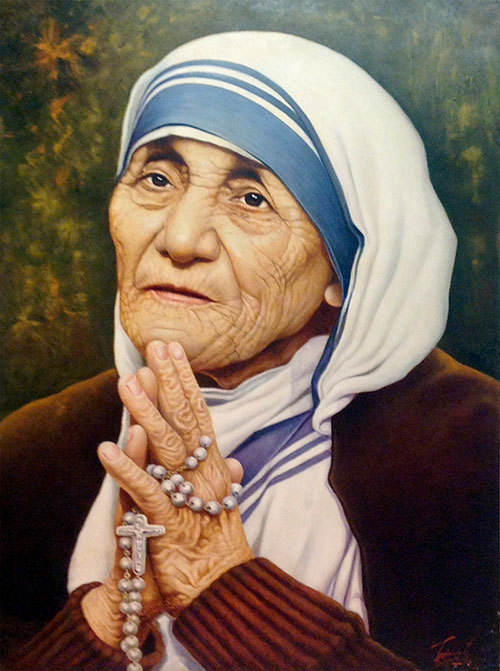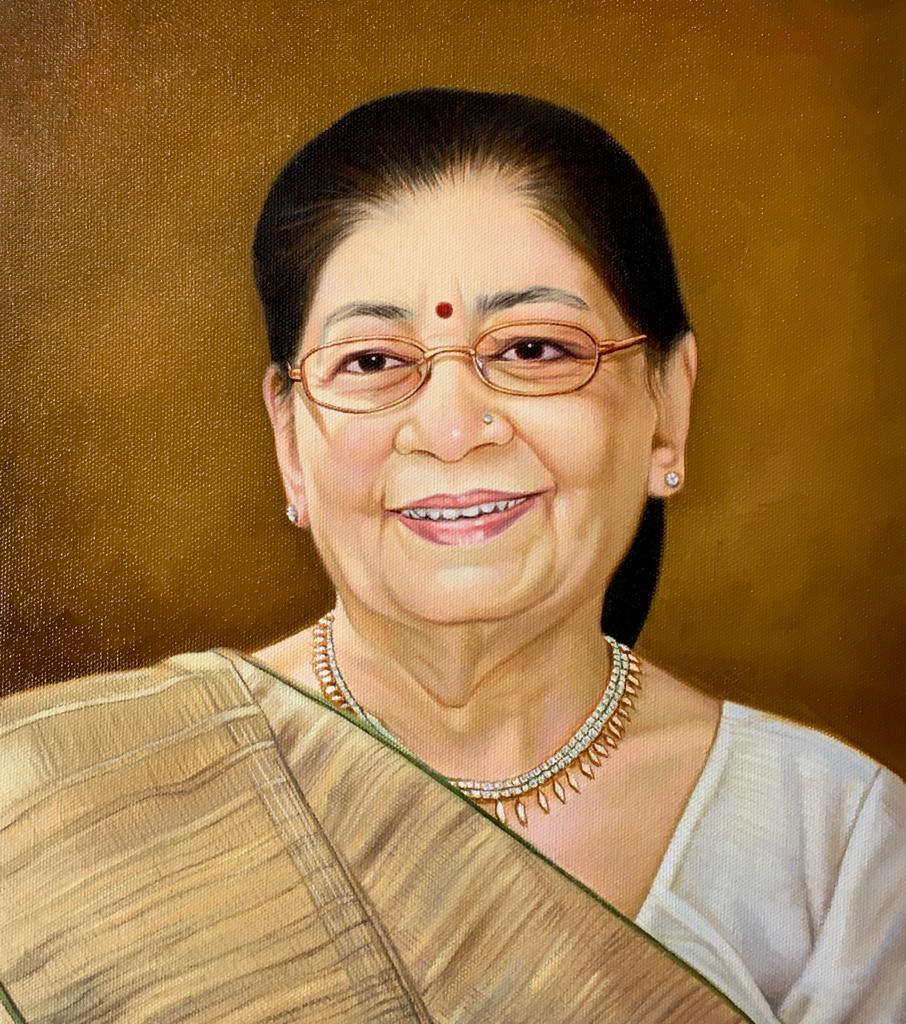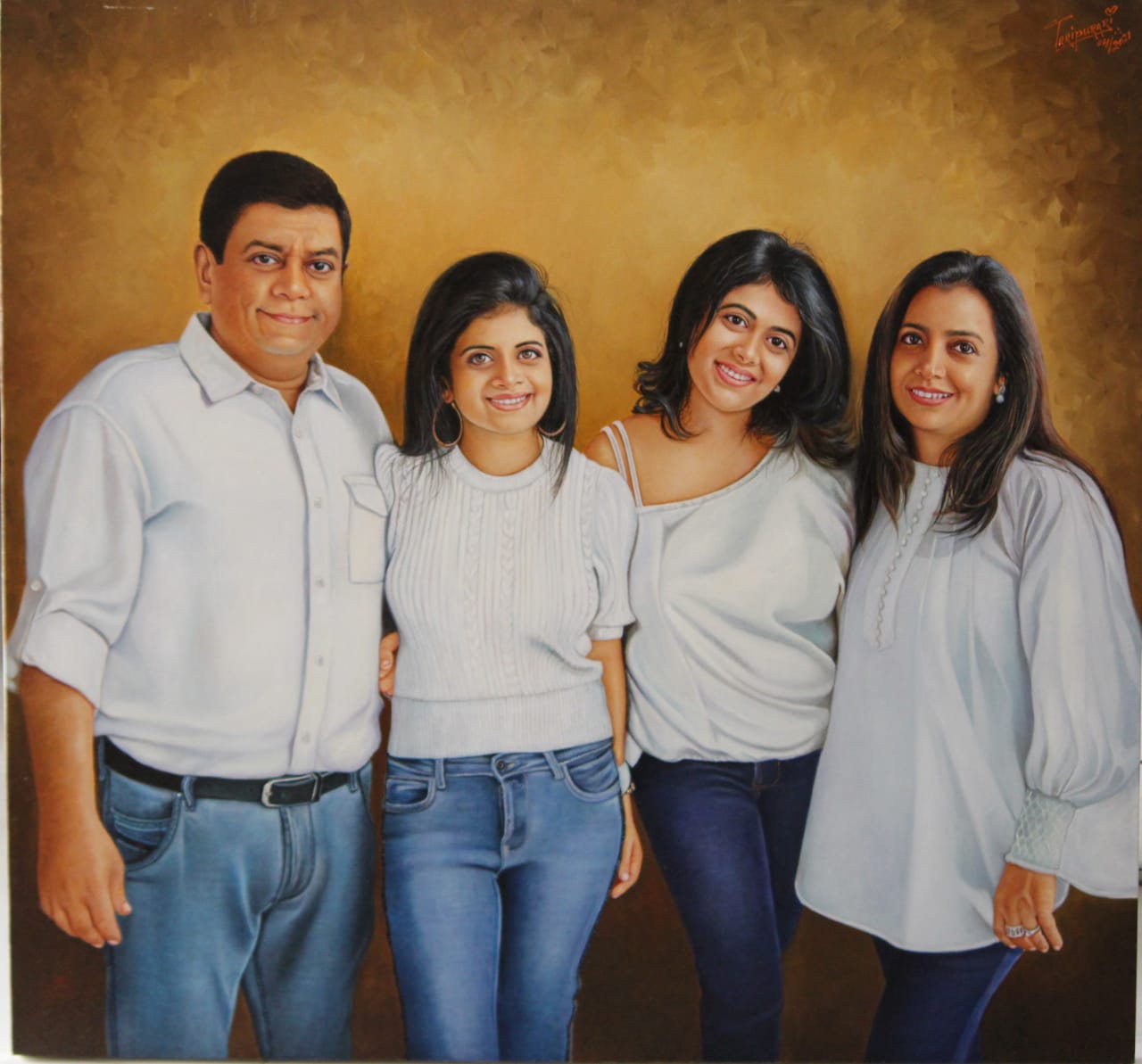What a Portrait can do, a Picture will not!
Portraits are effective and compelling when they tell us something about the person. A good portrait is not just a visual representation of a person; it will also reveal something about the essence of the person. What the portrait reveals may not be completely obvious – sometimes it can be cleverly implied through a certain expression or pose, an included object, or the artist’s use of color. Sometimes the person in the portrait can become iconic, representing a wider group of people from a specific period in time, who share something in common.
The subject of a portrait is usually called a “sitter”, because traditionally people would sit in front of the artist to have their portrait painted. Nowadays, of course, artists can work from a photograph, so not everyone has to “sit” for a portrait.
A strong portrait captivates viewers, draws them into the painting, and engages their attention. Such a portrait painting causes the viewer to wonder about the person depicted. In this way a portrait painting or drawing can function as a biography – telling the story of that person’s life.
The artist will carefully craft visual clues to tell the story of the person in the artwork. Portrait paintings can reveal the sitter’s place in society, their hobbies or occupation, or aspects of their personality or beliefs.



When looking at a portrait painting, ask yourself: What do the details in this artwork tell me about this person’s life? Examine things like:
Facial expression – Does the sitter look happy, sad, contemplative, sarcastic? Lively or tired? Peaceful or angry? Friendly or menacing?
Gesture or pose – What is the sitter doing? Are they sitting still, or standing? Are they riding a horse? Are they gazing out to sea? Holding a basket of flowers? Are they pointing at something?
Clothing – How is the person dressed? Are they nude? If they are clothed, do they wear fancy clothes? Military regalia? A black evening gown? Or are they more modestly dressed? Are they wearing tattered clothes? Are the fashions contemporary or old?
Setting – Where does the portrait take place? Is it indoors or outdoors? What do the surroundings look like? Shabby or elegant? Modern or dated? Is it in someone’s kitchen? Or on top of a mountain?
Objects – What other objects are in the painting, besides the sitter? If they are sitting down, what kind of chair is it – a fancy ornate chair, soft velvet sofa, or a plain wooden chair? Are they holding anything? Are there objects in the painting that grab your attention?
Painting the truth or changing reality?
An artist might choose to depict a person exactly as they are – flaws included, so that every wart, pimple or scar is clearly memorialized in paint for all to see. Artists may sometimes even exaggerate a person’s characteristics, good or bad, to make a caricature of the person. Conversely, an artist might “kindly overlook” the person’s flaws, correcting imperfections and presenting an idealized view of a person. It all depends on what the artist wants to achieve with the work, and also what they plan to do with it. For instance, a private collector who is commissioning a special portrait might prefer to have their flaws ‘removed’, rather than imprinted in pigment for posterity.
Painted Rhythm Art Gallery’s Portraitists create their work by commission, for public and private persons as per their specifications. These portraits serve as important state and family records, as well as remembrances.
Contact us on +91 9821257569 (Ajay Veera) or art@paintedrhythmag.com with your requirements and we assure you that one of our expert advisors will get back to you with answers regarding your needs.


